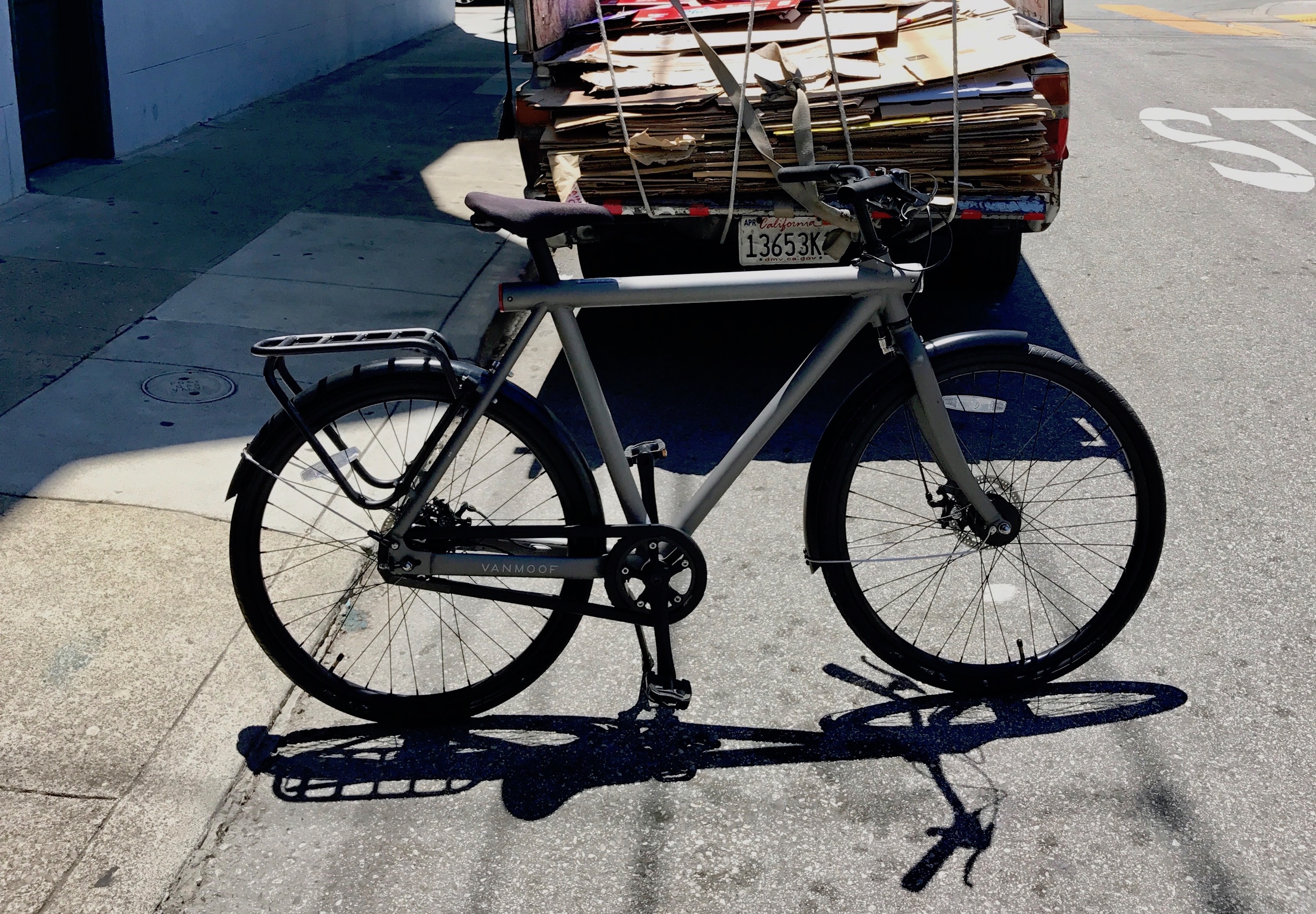Part of the joy of travel, of moving, is learning a new common. Moving to Shanghai and finding that bicycle traffic exceeds car. Living there long enough to watch car start to gain, and the massive parking problem that change creates. Moving to Houston and finding cars a minority, compared to SUVs, and the unique kind of common created by such large vehicles. Watching young siblings of a friend play upon their parked vehicle, it affording an easier climb and better view than the purpose-built play structure in the yard. Learning to navigate each one, until it is time to move on again, and the new place likewise surprises, lacking trains, or cars, or electric bicycles. Realizing that what is comfortable now is not the original, but an amalgamation of each previous situation.
So often future predictions, or visions of such, are simply the application of what is already common in one place to another, with the twist of local restrictions or desires. Cellphones are going to incorporate electronic payment systems, claims one, having been to Japan. Transit cards will become electronic, removing the need to swipe a MetroCard in New York through the magnetic reader, claims another, having seen Hong Kong, or London, or Shanghai, or Tokyo, or… Everyone will have a car, says the proud new Buick owner in Shanghai, knowing America. Discerning between the potential and the possible, the future coming and the present not yet arrived, becomes an art of guessing what people want, what local infrastructure will support.
In every projection too there is the bias of personal desire. Thus comes the vision of a wind-powered future from those with large investments in windmills. Likewise those building massive databases of human activity suddenly see a future where every item of identification communicates location. Passport, cell phone, car keys, payment cards, check. There are those who seek support for admirable visions of electronic automobiles spread wide over the landscape, asking for them to be built by those who for the past seventy years have opposed such infrastructure. But these are not the only futures built around the personal desires of those who espouse them. There are the dreams of authors, in whose projections worlds overcrowded, over-governed, and over-built compete with those of space-faring societies that have escaped the resource limits of a single planet, of artificial intelligences that remove burdens of daily labor, and of a variety of governments that cater to a mobile
population. These are all visions of a future coming, of a world we do not inhabit but should, or will, or might soon.
The beauty of these views is not that any one is perfect, or correct, or that any of them are. The joy of learning what is common in a new place is finding fresh tools for a personal projection of what the future will hold, of where the world could be. Because much of the future is made up of people, and the people are made up of what they imagine and desire, what they learn and acquire. This message is paraded around by consumer advocacy groups, by giant corporations, by friends and neighbors in a variety of forms, and is true in all of them, if slightly minimized. For the future is not a small thing, one life is not a small thing. On moving to Japan, seven years ago, and being shown to an apartment smaller than any of the dorm rooms I had occupied the four years prior, being forced to revisit my needs and possessions, I found roommates, colleagues, friends in similar situations.
“I like the way it’s done here,” they kept saying. About refrigerators small enough to tuck into corners that then required more frequent re-filling, from similarly smaller shops within walking distance. About beds that were rolled up and put away in closets in the mornings to provide space for a desk and a sense of cleanliness. About balconies on every house, for drying clothing and watching Mt. Fuji in the evening. All these people, each moved to a new location, each discovering that what was common in Tokyo, in Saitama, was something they could live with, appreciated, and would incorporate, if able, into their own future.
There are stories like this from everywhere I have ever lived, and they blur together into nothing more than personal history, exploration and discovery. They provide the tapestry though, the background of things I know to be common, somewhere, and can easily apply to my vision of a future.
And so, on a sunny November day in Houston I ride my tiny bicycle down tree-lined streets, arms covered in a hoodie purchased in Shanghai for its utility against very similar weather on my way to an apartment fueled only by electricity, generated mainly from wind and solar sources. I carry a bag hand-made in Philadelphia, which holds a computer made in Taiwan and China. And while such a listing can be displayed as a consumer badge, and is, it is also a vision of the future, of my plan for it. The world changes every day, and the older we get the faster it seems to go, a function of both personal aging and of the era we were born to. There are crisis and inventions, as there have always been, and our future is probably none of the grand predictions, none of the brilliant novels or simple transpositions. The future will probably be as fragmented as today, with massive cars and extreme poverty, with starvation and luxury ocean liners. Our choice is what common we are aiming for,
what personal collection of necessary and desirable we hold dear enough to work for.
So here I am, age twenty nine, transporting myself by bicycle and airplane, communicating with laptop, cell phone and postal service, learning to appreciate and cook food common to my new location. Uncertain whether any of these is perfect; imagining a future finely balanced out of all the visions I have seen.
